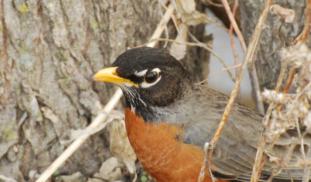Please wait...
About This Project
Although Lyme is considered to be endemic only in Europe and the northeastern and midwestern United States, people throughout the US and the world are suffering with this debilitating illness. This research seeks to find out how common it is for birds in the wild to be carriers of the Lyme disease bacteria which would shed light on their role in the spread of Lyme via their movement and migrations.
More Lab Notes From This Project

Browse Other Projects on Experiment
Related Projects
Using eDNA to examine protected California species in streams at Hastings Reserve
Hastings Reserve is home to three streams that provide critical habitat for sensitive native species. Through...
City smart: Are cities making birds smarter?
One cannot go to Florida and miss the White Ibises roaming golf, park and private lawns. But how does a...
How do polar bears stay healthy on the world's worst diet?
Polar bears survive almost entirely on seal fat. Yet unlike humans who eat high-fat diets, polar bears never...



